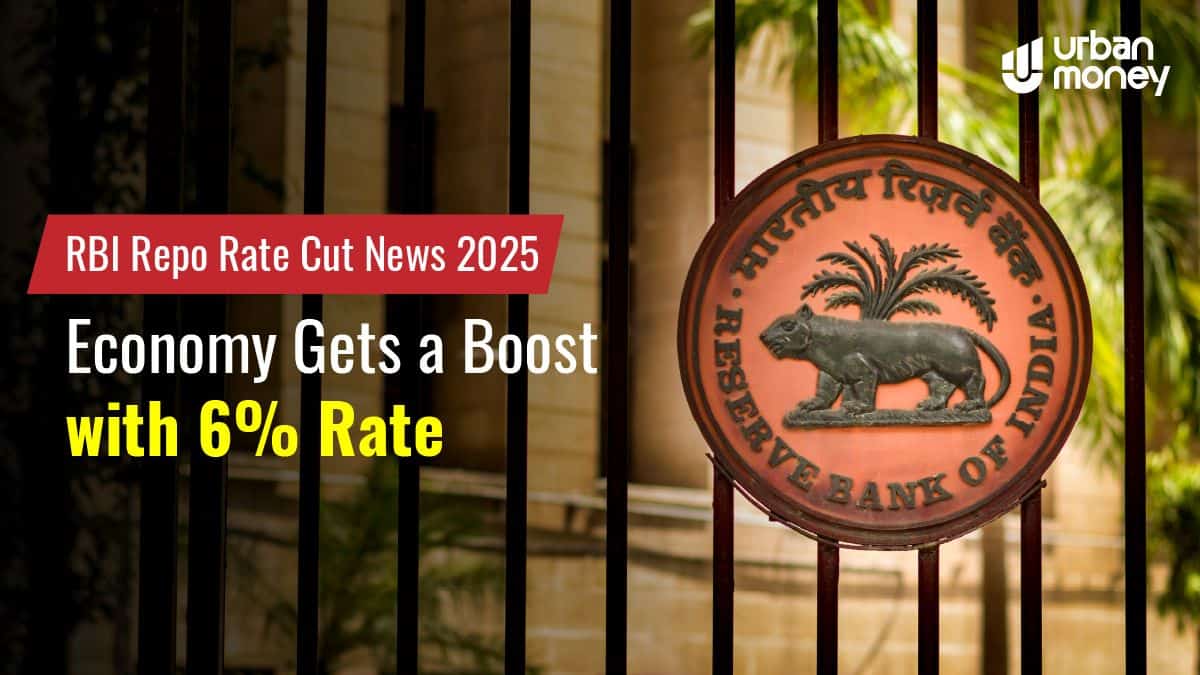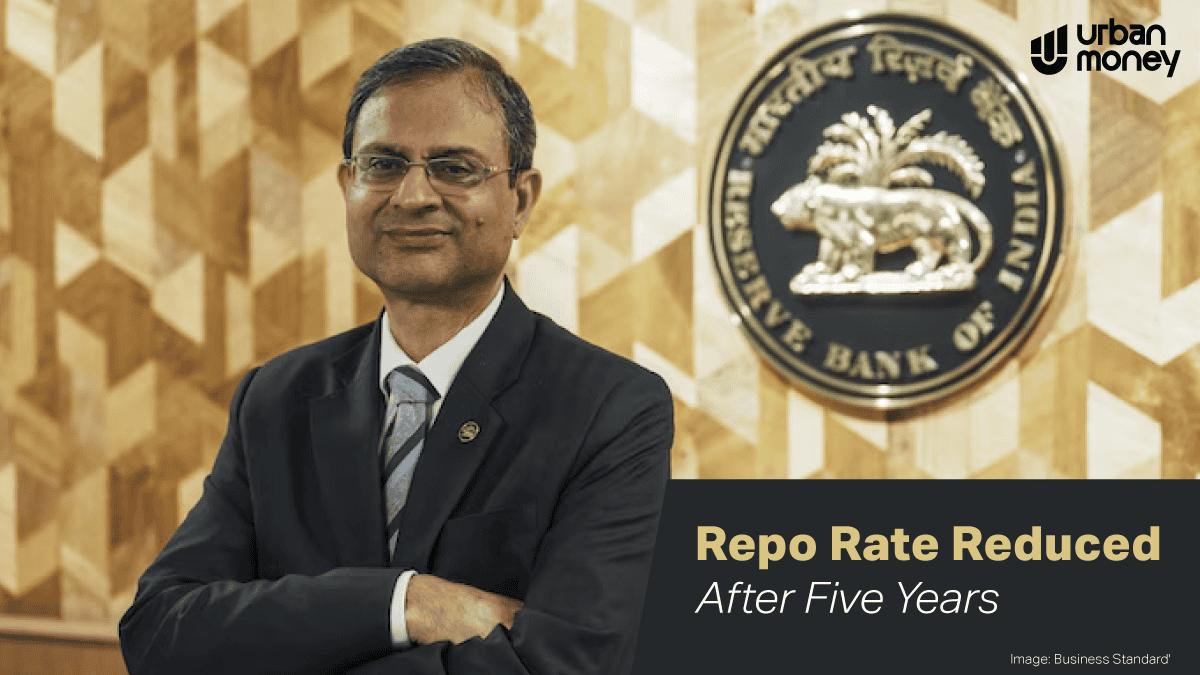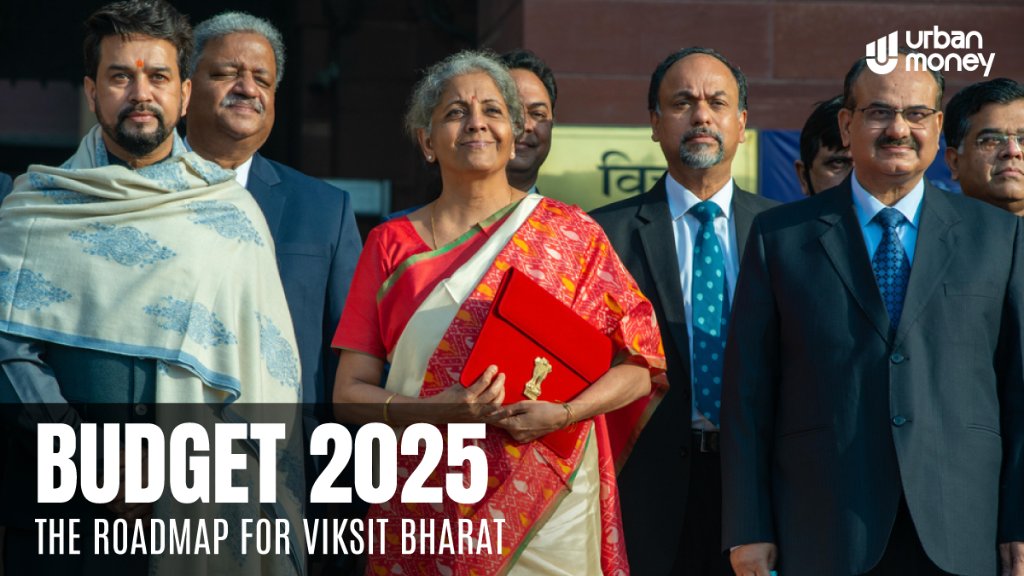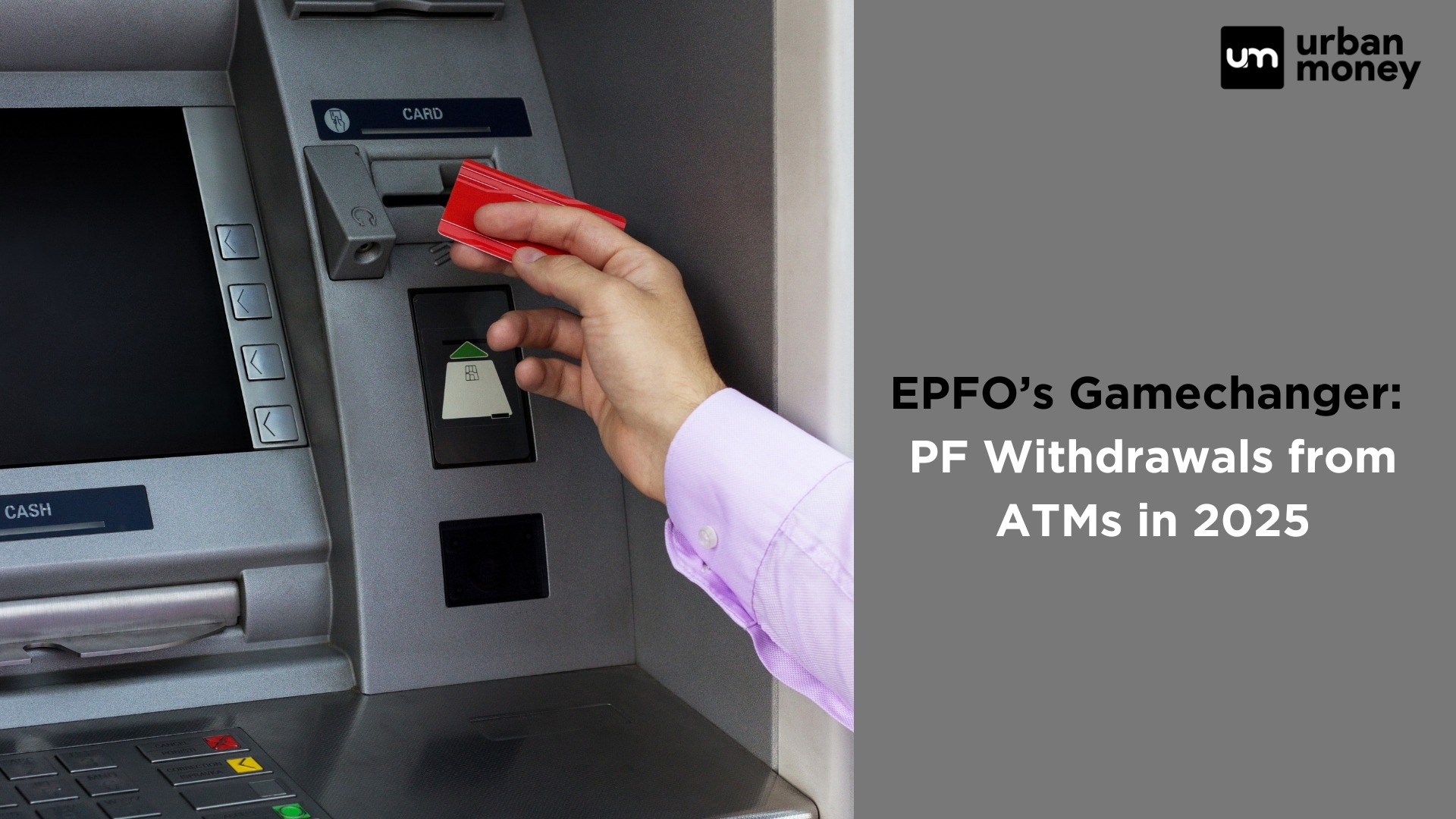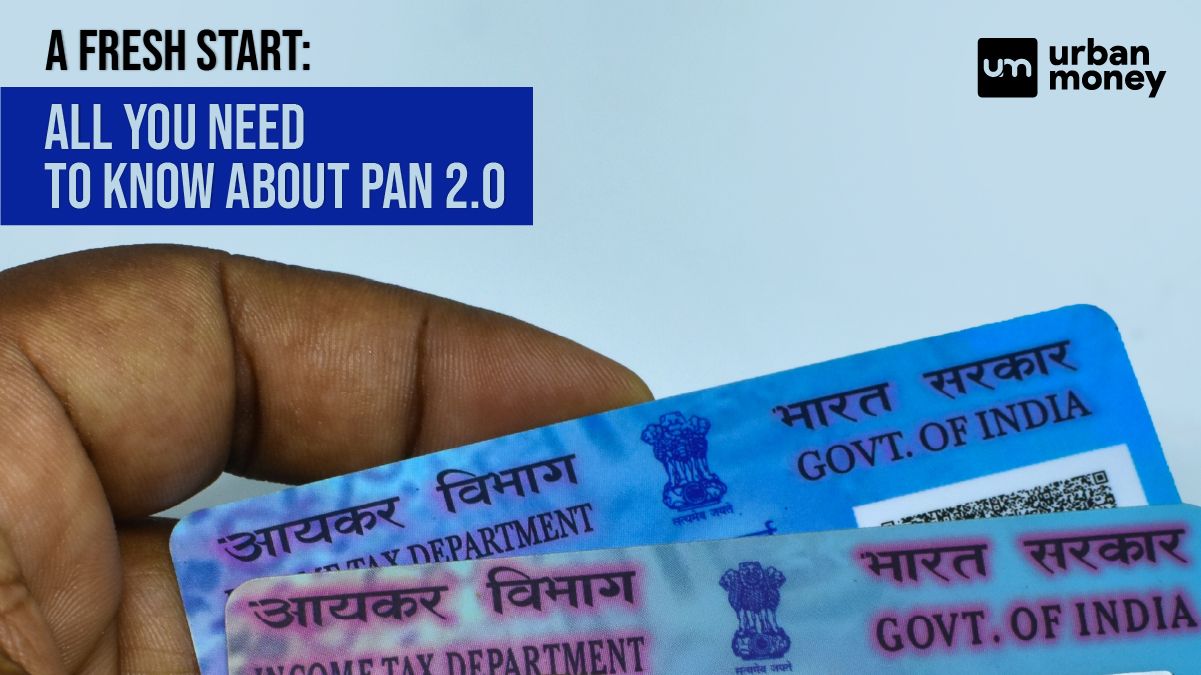Top 10 Best Private Banks in India List 2025
January 09, 2025
Financial News | Budget 2023: Compare New vs Old Tax Regime for Best Option

February 08, 2023
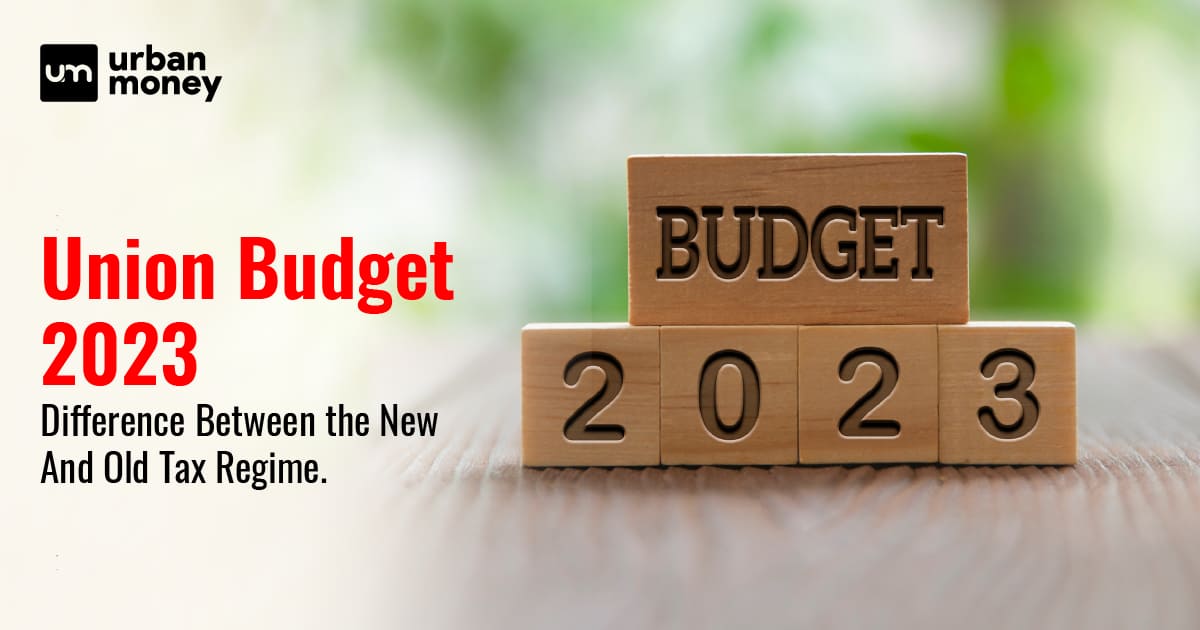

Finance Minister Nirmala Sitharaman has released the first Budget for Amrit Kaal 2023-24, which promises to be a budget like no other. While continuing the plans outlined in the previous Budget, Sitharaman outlines a plan for promoting sustained economic growth for the next 25 years as India aims to reach its centennial milestone.
The Indian economy remains strong despite not yet reaching pre-pandemic levels of growth. The Union Budget aims to maintain stability and improve business conditions by changing tax laws and promoting agriculture, cooperatives, MSMEs, tourism, and green development. Capex is crucial for growth and employment, with increased spending of INR 10 lakh crore (33%) proposed.
The tax proposals aim to simplify the system and support MSMEs and startups while improving compliance. Indirect tax proposals prioritize the government’s “Make in India” initiative to boost domestic manufacturing, focusing on green energy and mobility. The GST amendments align with the GST Council recommendations and allow data sharing with other systems. However, there was no mention of the OECD’s Global Minimum Tax in the Budget.
Table of Contents
ToggleThe new tax regime introduced in the Budget 2023 has altered the income tax slabs, thereby altering the point of equivalence between the old tax regime and the revised new tax regime for salaried individuals, senior citizens, and super senior citizens.
The break-even point refers to the maximum deduction that must be claimed under the old tax regime to have equal income tax liability in both regimes. This serves as a means to assist individuals in determining which tax regime would be more beneficial if they cannot fulfil the required deductions.
| New Regime Tax Slabs | Effective Rates | Old Regime Tax Slabs | Effective Rates |
| Up to INR 3,00,000 | N/A | Up to INR 2,50,000 | N/A |
| INR 3,00,000 to INR 6,00,000 | 5% | INR 2,50,000 to INR 5,00,000 | 5% |
| INR 6,00,000 to INR 9,00,000 | 10% | INR 5,00,000 to INR 7,50,000 | 10% |
| INR 9,00,000 to INR 12,00,000 | 15% | INR 7.50,000 to INR 10,00,000 | 15% |
| INR 12,00,000 to INR 15,00,000 | 20% | Above INR 10,00,000 | 20% |
| Above INR 15,00,000 | 30% |
Example 1: If your annual income is INR 7,00,000, then you are not required to pay taxes under the new tax regime 2023-24. However, under the old tax regime, the slab was INR 5,00,000.
Example2: If your annual income is INR 10,00,000, you will be taxed under the new tax slabs:
[The balance will be taxed under (INR 6,00,000 – INR 9,00,000) at 10.00%]
The Union Budget 2023 has maintained the old tax regime’s existence while presenting several changes. A preliminary estimation indicates that it may be possible for individuals to achieve a higher level of tax savings under the old tax regime as compared to the new changes proposed in the budget, considering the continued presence of deductions and exemptions that are not available in the new tax regime.
Various exemptions and deductions are available under the old regime, which has grown significantly over time, and taxpayers now have over 70 benefits to decrease their taxable income.
Although there are advantages to the Old Tax Regime, it is vital to be aware of the potential drawbacks which may be present.
As the tax liability of each individual is determined by their specific deductions, sources, and amounts of income, a universal rule cannot be imposed. Therefore, taxpayers must analyze their tax obligations under both the old and new tax regimes and make an informed decision on which to choose.
The new tax regime, introduced in the Budget of 2023-24, reduces the tax rate for individuals and HUFs. It also eliminates deductions and exemptions on investments, such as interest on home loans, medical and educational expenses, etc.
If an individual holds investments in tax-saving instruments, pays premiums for life or medical insurance, incurs expenses for their children’s education, repays home loan principal, and claims deductions for HRA and LTA, among others, it may be more advantageous to opt for the old tax regime, as it allows for the utilization of deductions and exemptions.
On the other hand, The new regime benefits those who want to pay less tax and don’t want to claim deductions. Hence, if the income falls in the lower tax slab and deductions are unavailable, it is better to opt for the new tax regime.
In conclusion, the choice between the new and old tax regimes in Budget 2023 depends on the individual’s specific financial situation and income sources. Both regimes have their benefits and drawbacks, and it is crucial for taxpayers to thoroughly evaluate their tax liability under each system before making a decision.
Factors such as investments in tax-saving instruments, premium payments, and deductions claimed should be considered. Ultimately, it is recommended to seek the advice of a financial advisor or utilize an Income Tax calculator to determine which regime best suits your financial needs and objectives.








© 2025 www.urbanmoney.com. All rights reserved.

Need Loan Assistance?

Thank you for showing your interest. Our agent will get in touch with you soon.






